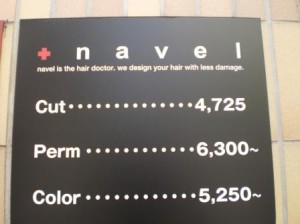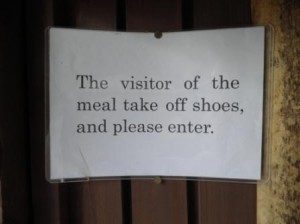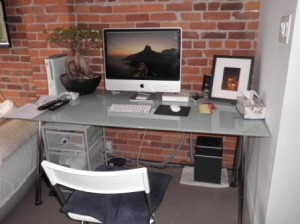Starting up your own business – segment your market and focus on specific targets
When starting up your own business, you may think that the whole world is your stage but if you are smart, you will want to play to specific and well targeted audiences who share a one or more vital characteristics in common.
There are at least six common ways to segment your market. Which one (or more) might be appropriate for you will be a matter of your specific opportunity, your research and your identified demand:
Segment your market by:
- Age
- Income
- Gender
- Lifecycle
- Geography
- Specific pre-condition
Segment by age
As people age, their needs change. Consider accommodation needs! Young single people seek to rent accommodation, but a decade or so older with a spouse and children, they seek to buy a family home. As the children leave home they may be in the market for an investment house and, when they reach old age, they seek long term aged care living.
Segment by income
Income segmentation is used by many retailers of lifestyle goods. In general luxury products are aimed at the more affluent segments of the market, regardless of their age or gender. Motor cars are an example of this. Basic models are aimed at middle income earners, while the more prestigious and luxury models are aimed at higher income earners. This is not to say that age, gender and lifecycle segmentation does not occur simultaneously.
Segment by gender
Gender segmentation is commonly used in the clothing, cosmetics, personal care and magazine industries. Another example is the motor vehicle industry. Just think of some of the ways that cars are presented in advertising – utilities and tray-backs for blokes and tradies, strong colours and powerful engines for young males, fuel efficient cars for families and small, easy to park town cars for females.
Segment by lifestyle
Lifestyle segmentation is used by retailers and wholesalers of holidays. The adventure backpack holiday that might appeal to young single people probably won’t appeal to the majority of people in their 50’s and 60’s who are more likely to go for a comfortable and safe group tour or buy a caravan and tour the country.
Segment by location
For some products and services, it makes a big difference whether you live in the country or in the city. Farm equipment for example is more likely to be sold in country areas where there are farms. They are simply not required in the city although they might be displayed there on occasions, or the sale made through a city based corporate office.
Segment by a specific pre-condition
It might be the case that you are providing a service to a market group that requires a pre-condition. In my case, as a business coach, it is a pre-condition that you own a small business or be considering starting up your own business to be a likely customer. If you are in the car or boat accessories business, then only those people who own a car or boat (or are thinking of buying one) are of interest to you.
If you seek startup advice or a powerful online business presence when starting up your own business visit http://garyweigh.com/business-startup
Until next time!
Gary









